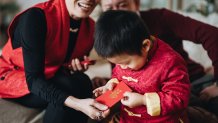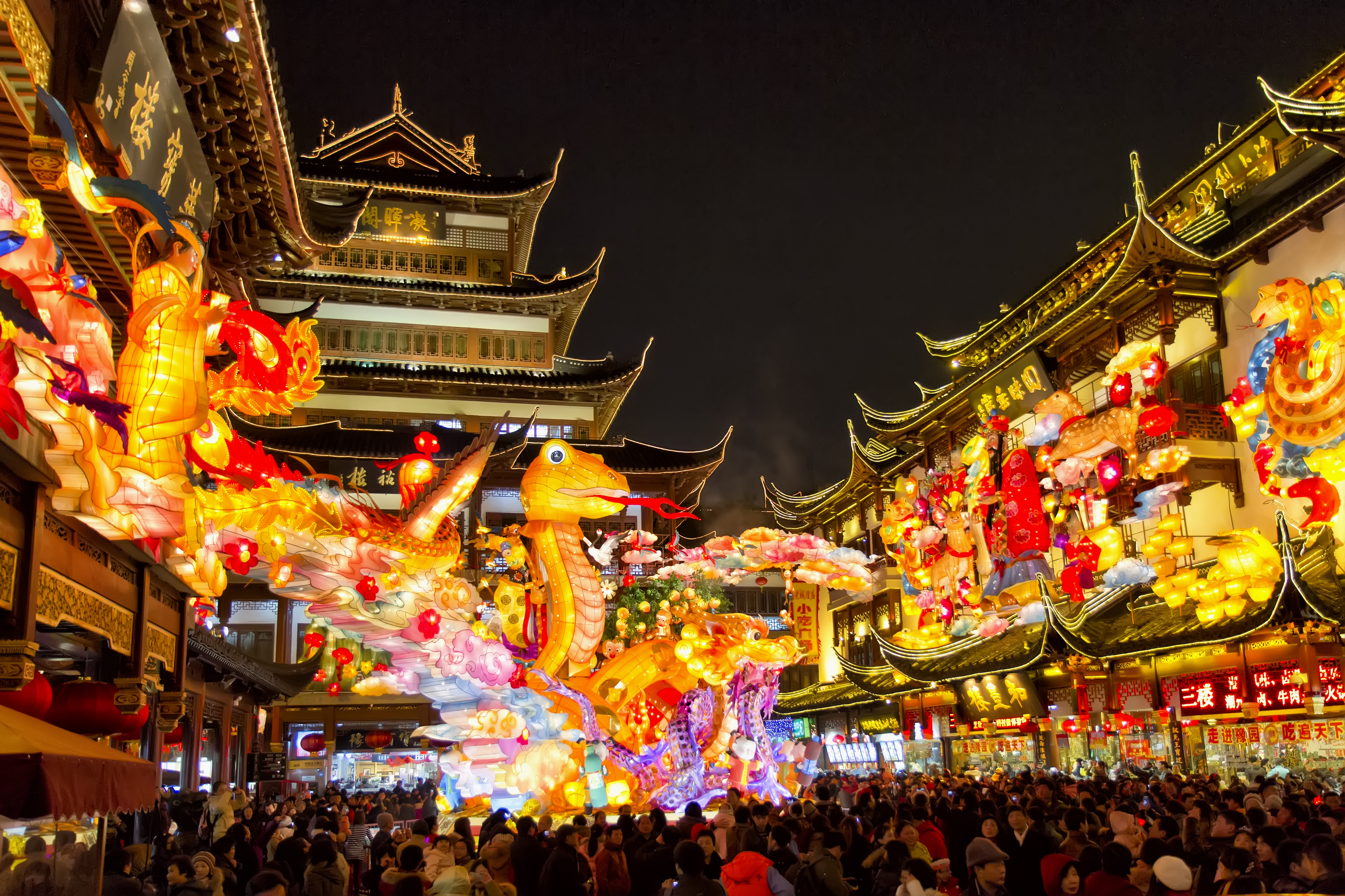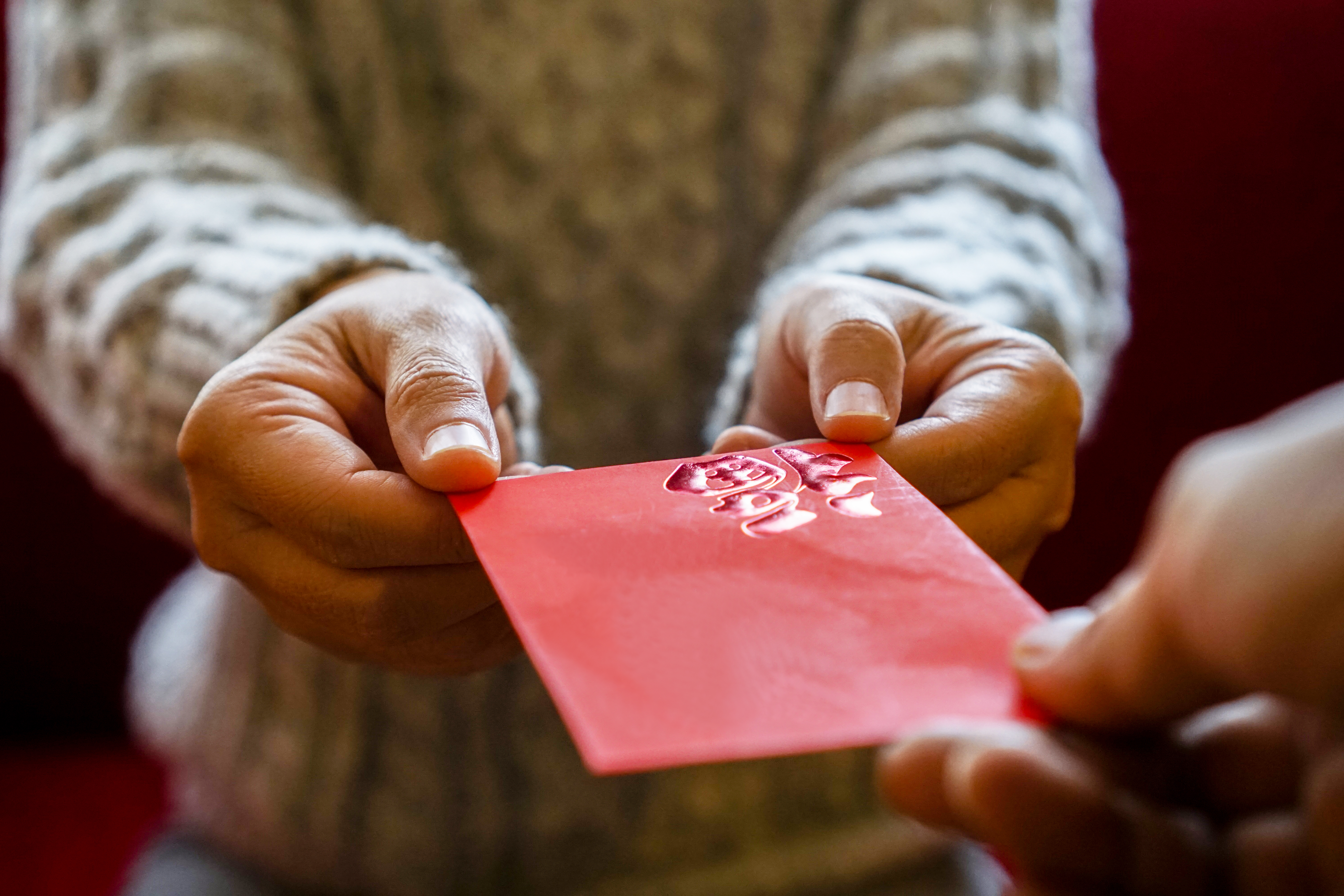Luck, wealth and good fortune – those are the feelings at the heart of every greeting given during Lunar New Year celebrations, the multi-day festival that marks the start of spring and the new year.
For many cultures that follow a lunar calendar, the new year is celebrated on the day of the new moon falling between January 21st to February 20th on the Gregorian calendar.
Family and fortune are the focus of most Lunar New Year celebrations, and how things unfold during the new year is often seen as an indication of how the rest of the year will go.
Find yourself invited to a Lunar New Year celebration but have no idea what to wear, what to say or what to do? While traditions differ between countries, regions and even families, here are some tips from the experts that might save anyone from inviting bad luck for 2023.
Get top local stories in San Diego delivered to you every morning. >Sign up for NBC San Diego's News Headlines newsletter.
Who celebrates the Lunar New Year?
While many Southeast or Eastern Asian countries were influenced by Chinese culture to base their celebrations on the Chinese lunar calendar, there are some who follow the Gregorian calendar for both day-to-day business and cultural celebrations.
Julie Zhu, a Mellon Community Curatorial Fellow with the Japanese American Cultural and Community Center (JACCC), was born in Hangzhou, China, and grew up celebrating Chinese New Year with her family before she moved to Japan. There, she celebrated Shogatsu – Japanese New Year – when most of her neighbors did.
"The Japanese celebrate New Year on January 1st, just like Americans," Zhu said. "[Japan] changed their calendar completely in order to learn from Western countries."
That was in 1872, when Japan adopted the Gregorian calendar and other Western notions in an attempt to modernize the country, according to the National Diet Library of Japan. That would also be the last year that Japan celebrated a spring festival according to the lunar calendar.
Tsagaan Sar, or Mongolian Lunar New Year, is another New Year celebration that follows a separate calendar – its own. Mongolians celebrate the White Moon festival on the first three days of their lunar month, according to the Ulaanbaatar City Tourism department.
This year, the White Moon festival falls on February 22 – a full month ahead of Lunar New Year on January 22.
Countries that may celebrate a lunar new year include China (Chūnjié), the Koreas (Seollal), Vietnam (Tết), Malaysia, Singapore, the Philippines and other countries with a large overseas Asian community.
For those who celebrate Chinese New Year, this year is the Year of the Rabbit. For those who celebrate Tết, it is the Year of the Cat.

How to prepare for the Lunar New Year?
Similar to some Western superstitions, it is traditional for people observing Lunar New Year to start off with a fresh slate.
For most, that means deep cleaning their homes in the days leading up to Lunar New Year's Eve.
Nancy Yao, President of the Museum of Chinese in America (MOCA) in New York City, says welcoming the new year with a clean home, new clothes and a fresh attitude is an essential part of Lunar New Year.
"Clean up before the Lunar New Year," Yao says. "But don't lift a hand on New Year's Day. Don't do it."
What happens during the new year is indicative of how the rest of the year will go.
"The superstition around new year is that there should be all good things in the beginning of the year, because that will be representative of the next 365 days," Yao said.
This superstition is why Mikelle Le, a manager at the Vietnamese American Service Center (VASC) in Santa Clara, California, advise you to pay off debts in advance.
"If you start the new year in debt, you're going to be in debt for the rest of your year," Le said.
It is also common to fill your home with fresh flowers and fruit to usher in the spring, as well as preparing a new set of bright clothes to wear while meeting family and friends for the new year.
Both the flowers and clothes should be bright – red is a safe choice, or yellow and pink – but not dark, black or white.
"Here in Western culture we attend funerals wearing black," Le said. "In Vietnam and in China, when there's a funeral, people wear white."
What is the etiquette for celebrating Lunar New Year?
The first visit of the year is a crucial one in Vietnam. Xông đất, the "first footing," is the belief that the person who visits first sets the tone for the rest of the year. Families will often choose a person who has good luck, wealth or is generally compatible with the rest of the family to visit for a few moments.
Visiting a Vietnamese family early during Tết without an invitation is a major misstep, as visitors deemed incompatible are thought to bring bad luck to the household.
"People take it very seriously," Le said. "You don't want to invite yourself to someone's home without knowing if you're wanted."
For many families celebrating Lunar New Year, people generally visit the oldest first to extend their new year's greetings before making their way down the family tree. Children may bow or kowtow to their grandparents and exchange wishes for a good year before receiving their red packet.
People celebrating in China may also make the palm and fist salute while wishing others a happy new year, according to Zhu. The palm and fist salute is commonly used in greeting during the Lunar New Year, weddings and other culturally joyous events.
- Make a fist with one hand, then curl the other hand over the top of the fist. Women should have their right hand on top. For men, it should be the left hand.
- Shake both three times at the other person while wishing them good fortune and a happy new year.

For Yao, the most important etiquette to follow during new year's celebration is to keep the day happy, peaceful and harmonious.
"Try not to cry," she advised. "Don't get into an argument."
Some other don'ts include:
- Cleaning and sweeping for the first few days of Lunar New Year – you are sweeping away your luck
- Getting into arguments or fights with family or loved ones
- Visiting other households if you have had a recent death in the family
- Talking about sad or negative things, such as illnesses, disasters or other bad news
- Doing work, or being laborious on the days following the New Year
Giving (or receiving) red envelopes for Lunar New Year
These little packets of red and gold are perhaps the most iconic part of many joyous events and celebrations – but it is also one of the most confusing rituals to take part in.
Known as hong bao in Mandarin, lai see in Cantonese and li xi in Vietnamese, red packets are a traditional gift of money given as a wish of good fortune from the giver to the receiver during weddings, birthdays and Lunar New Year.
It's easy to focus on the monetary aspect of the gift, but in this instance, it's not what's inside that matters.
"When we [talk about] the red envelope, we should also mention red – the color of the Chinese people," Zhu said.
Lunar New Year decorations are normally awash in red as a shorthand for many important aspects of traditional culture. Red symbolizes the color of the sun which gives life, Zhu said, as well as the color of blood that circulates that life in a human body. And it is easy to see what money symbolizes – wealth, prosperity, luck and good fortune.
When you put a gift of money inside a red envelope and seal it, you are essentially wrapping a symbol of prosperity within the symbol of life. This is to make sure good fortune stays locked in and cannot escape.

How much to put in a red envelope for Lunar New Year?
The symbol of that prosperity can be in any even amount, as long as it works within your budget.
Yao recommends $2, $6 or $8 in new bills, wrapped and sealed inside new, never-before-used red envelopes. Receivers closest to the gifter may receive more – $20, $50 or $108 – as a sign of well wishes or affection.
But whatever amount you choose, do not choose $4.
"Four is the homonym for death," Yao said, "Anything associated with death is not good [for the new year]."
Who gives these red envelopes, and who receives them?
Who gives and who receives can differ from region to region, or even from family to family.
For Le of the VASC, the tradition is usually a loving gesture from community elders and married couples to children and the unmarried.
"[Those who give] li xi is usually an elder who's married. An older brother or sister. Mom. Dad. A grandparent," Le said. "The receiving party would be someone who's younger, not older."
What about a younger family member gifting li xi to someone older?
"It's not a rude gesture," Le said, "It's just not commonly practiced."
There are no hard and fast rules to the gifting of red envelopes, so don't be surprised if your elderly parents ask for their packets as a sign of your affection for the new year.
If you are the one receiving the packets, be sure to open them in private – it is considered bad manners to open envelopes in front of the gifter.
What should you eat during the Lunar New Year?
Traditional foods that appear during a Lunar New Year dinner tend to be homonyms of words related to luck, fortune and family, or foods that resemble beloved symbols of wealth and prosperity.
That's why you might see a whole fish served on Lunar New Year's eve. The word for fish in Chinese, yu, has the same pronunciation as the word for abundance, according to Zhu. Eating an entire fish on new years symbolizes abundant food, money and luck for the new year.
"You cannot cut [the fish]," Zhu said. "Have the whole fish on the table."
Tang yuan, a soup of sticky rice flour with a black sesame filling, is another traditional food that may be eaten by anyone who wishes to keep their family together and whole for the following year.
Some families may also serve noodles, which, according to Yao, denotes a long life. Oranges and tangerines for goodness and gold. Candy and sweets as a sign of hope for the days ahead.
The most beloved meal for Lunar New Year's, however, may be the dumpling – the food that looks closest to the yuanbao, or the Chinese gold ingot.

There is a small tradition with the dumplings in particular, Zhu says. The person making the dumplings may put a small coin in one of the dumplings – and whoever eats the dumpling with the coin gets the best luck for the new year.
Whether or not you find the dumpling with the lucky coin, following the advice above should at least keep bad luck at bay until the next spring festival.



